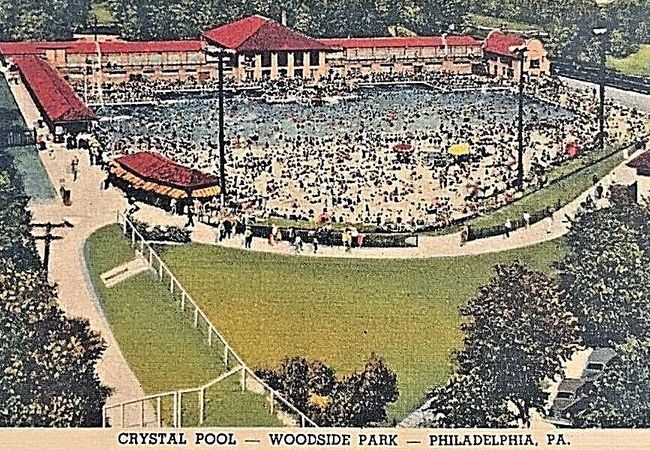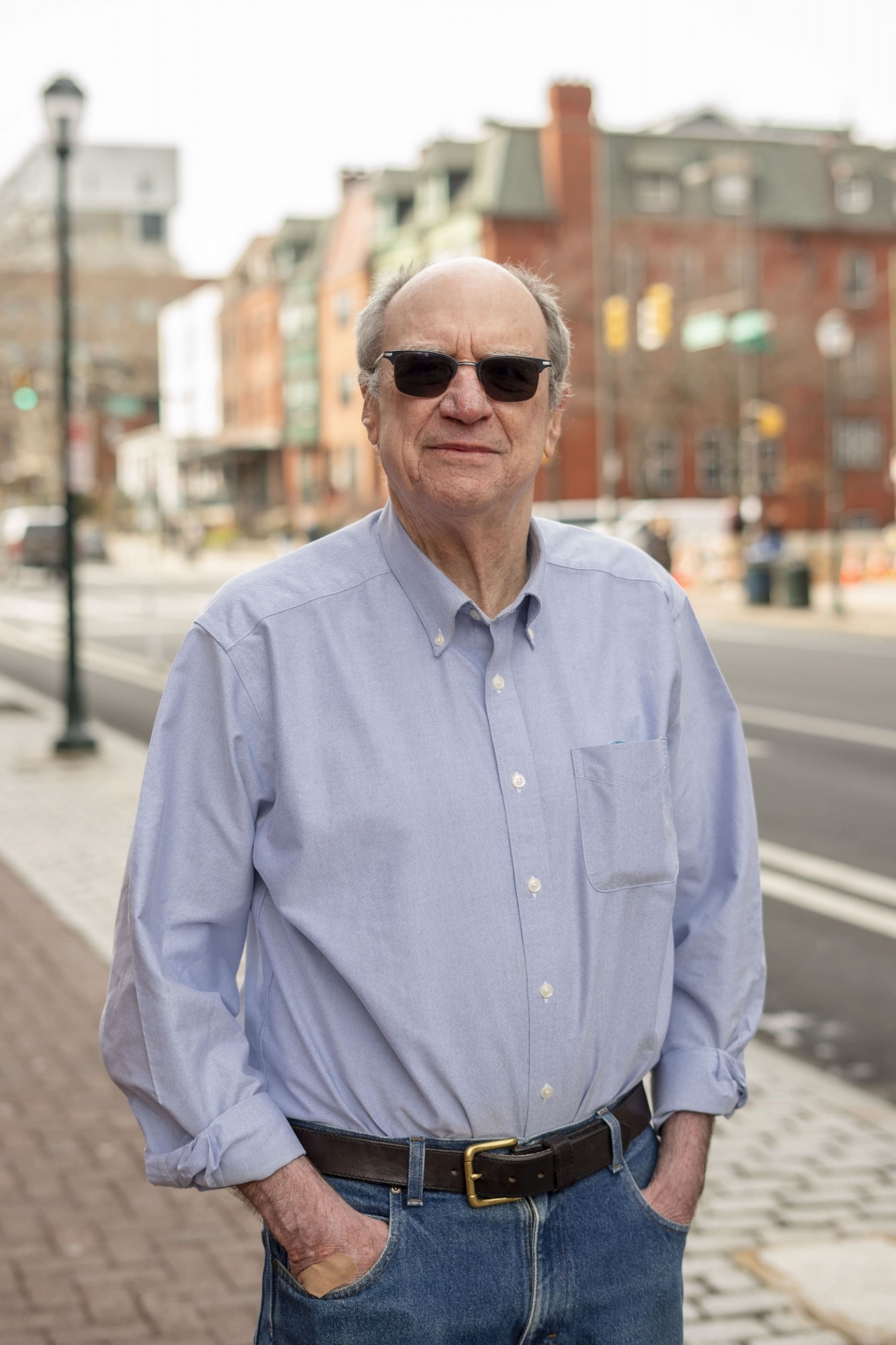The West Philadelphia Collaborative History Project chronicles a community's past

Photo: A vintage postcard featuring the Crystal Pool at Woodside Park amusement park in West Philadelphia.
Online visitors who spend even a few minutes rummaging through the West Philadelphia Collaborative History Project (WPCH) are rewarded with a rich tapestry of stories, among them ...
A West Philadelphia high school athletic field that hosted the 1934 championship series of the National Negro League.
A popular amusement park located just outside Fairmount Park featuring a four-acre swimming pool with a sandy beach—and a whites-only policy.
And three heroic Civil Rights icons—Paul Robeson, Malcolm X, and Martin Luther King, Jr.—who left formidable imprints on West Philadelphia.
This is just a sampling of the topics covered in the WPCH, a digital repository that excavates neighborhood, institutional and community histories, many of them in danger of being lost. Sponsored by Penn’s Graduate School of Education (Penn GSE), the WPCH provides a web-based home for these West Philadelphia stories, all vividly illustrated with photographs and maps.
The WPCH is a labor of love for John Puckett, a historian, emeritus professor at Penn GSE and long-time West Philadelphia resident. As Project director, he oversees the website, contributes articles and works closely with collaborators, including West Philadelphia residents and local graduate students.

The WPCH launched in 2018, but according to Puckett, its seed was planted more than 30 years ago. “My Penn colleague Lee Benson, an emeritus professor of American history, tried to organize a Van Pelt Library repository for West Philadelphia history,” Puckett recalled.
“Like many good ideas that were floated at the time, this one failed to reach fruition for reasons that are clear now in hindsight. In 1994, the dawn of the Internet, we could not imagine the warp-speed advances in computer hardware and software technologies that would make it possible to build a website like the WPCH.”
In the early 2010s, University Archives staff and a Penn history professor launched a website on West Philadelphia history, but for various reasons the project stalled after only a few years.
Meanwhile, Puckett became immersed in researching and writing Becoming Penn, a history of the University’s post-World War II expansion in West Philadelphia. His archival research for the book, with co-author Mark Lloyd, inspired him to rekindle the West Philadelphia digital history project.
After Becoming Penn was published in 2015, Puckett turned his attention to the WPCH. Fortunately, by this time the Project had financial benefactors to help get it off the ground. “Ruth Moorman and her husband Sheldon Simon, two of Penn’s Boston donors, provided the seed money” to hire an assistant to help redesign the site, Puckett said. Penn GSE offered to host the website and provide IT and communications support.
Today, the WPCH is a treasure trove for people seeking details about West Philadelphia’s lost histories. “Penn’s Netter Center for Community Partnerships uses it as a foundational text for academically based community service courses,” said Puckett. And he worked with Penn Medicine students to adapt some of the Project’s images and stories for a smartphone walking tour that is part of the School’s orientation for first-year medical students.
According to Puckett, the topic that elicits the most questions from users is the Philadelphia General Hospital, with people looking for an ancestor who was born or died at the facility or its earlier incarnation as the city’s almshouse. “Unfortunately, I’m unable to help with most of those queries,” he said. Articles on MOVE and Dick Clark’s American Bandstand also prompt comments and questions, as do materials on the fate of the Black Bottom and University City High School.
Puckett is currently involved in new research that will be added to the WPCH in the coming year. “I am working with colleagues at the Netter Center and the Weitzman School of Design on a demographic survey of West Philadelphia’s social and economic conditions over the past sixty years,” he said. The goal is to create interactive maps and graphs that show changes to West Philadelphia neighborhoods over time.

